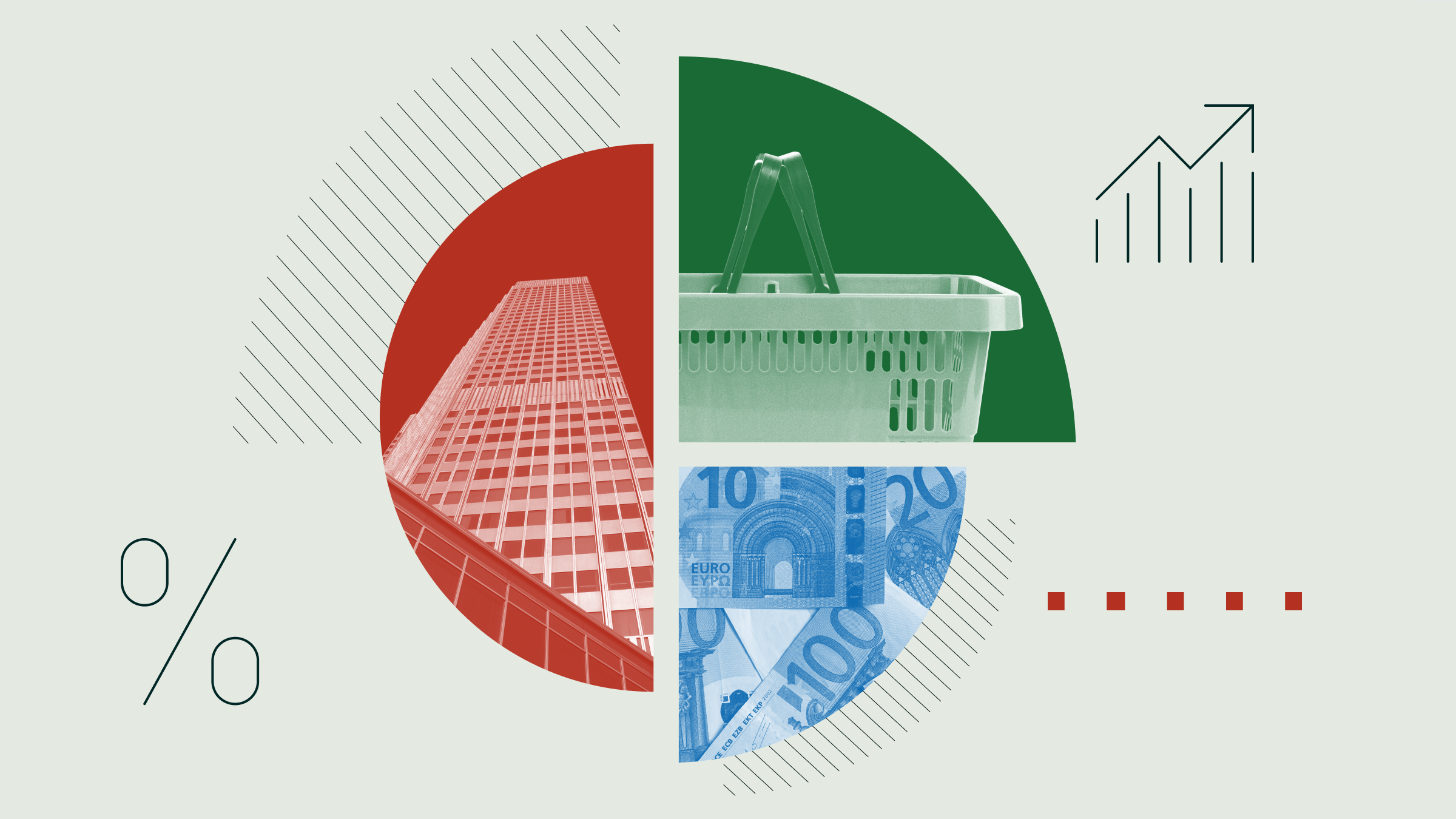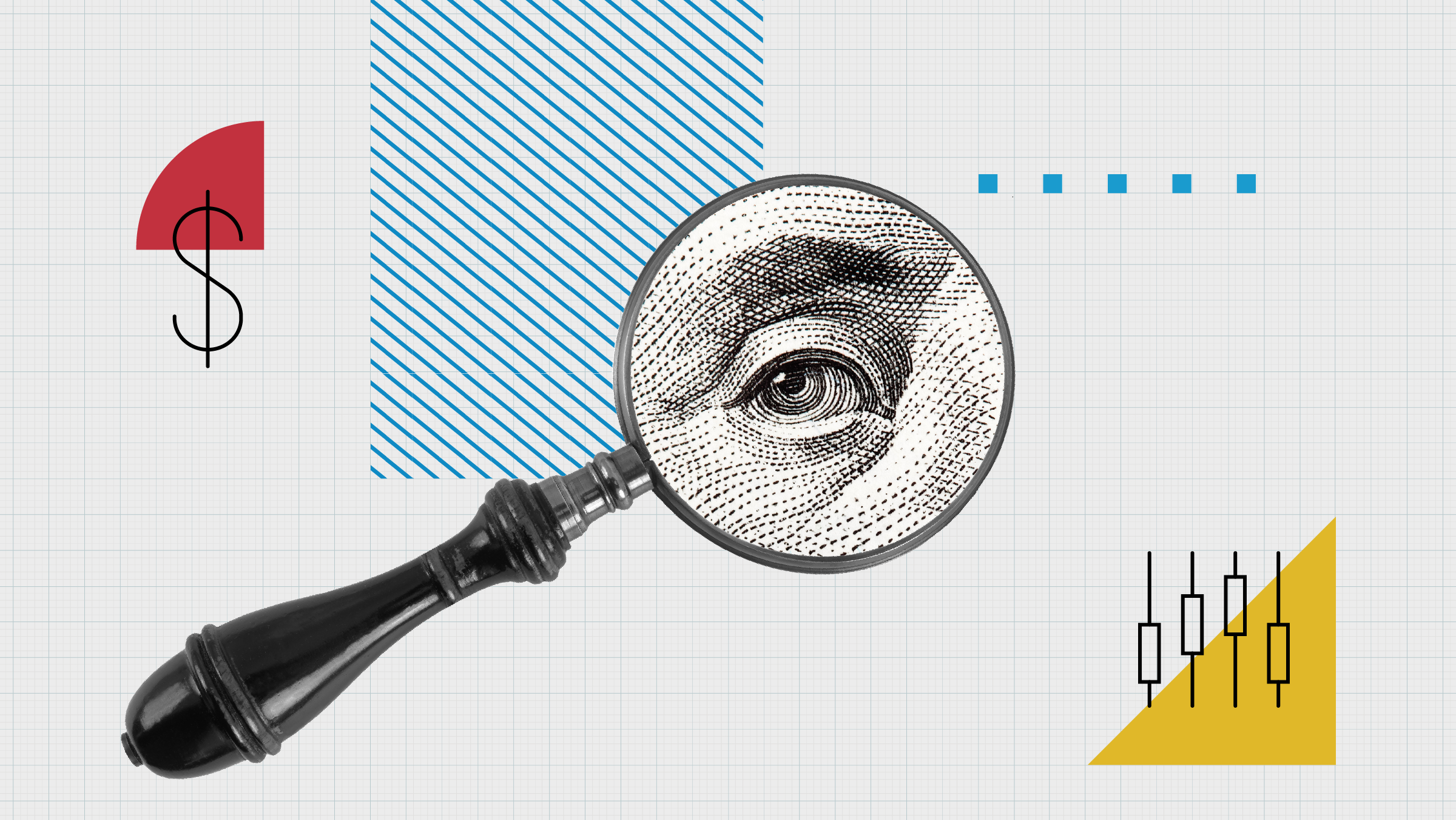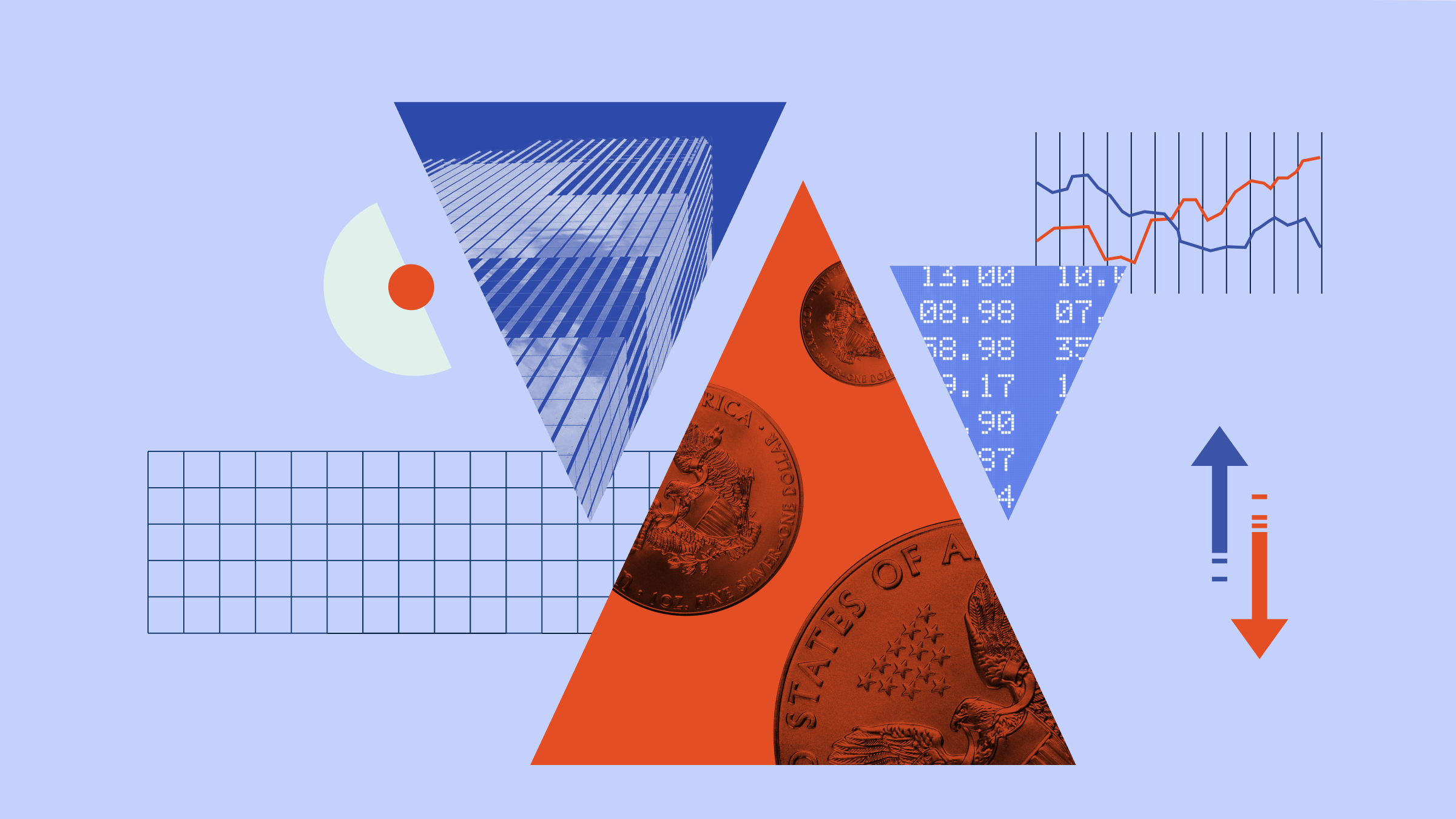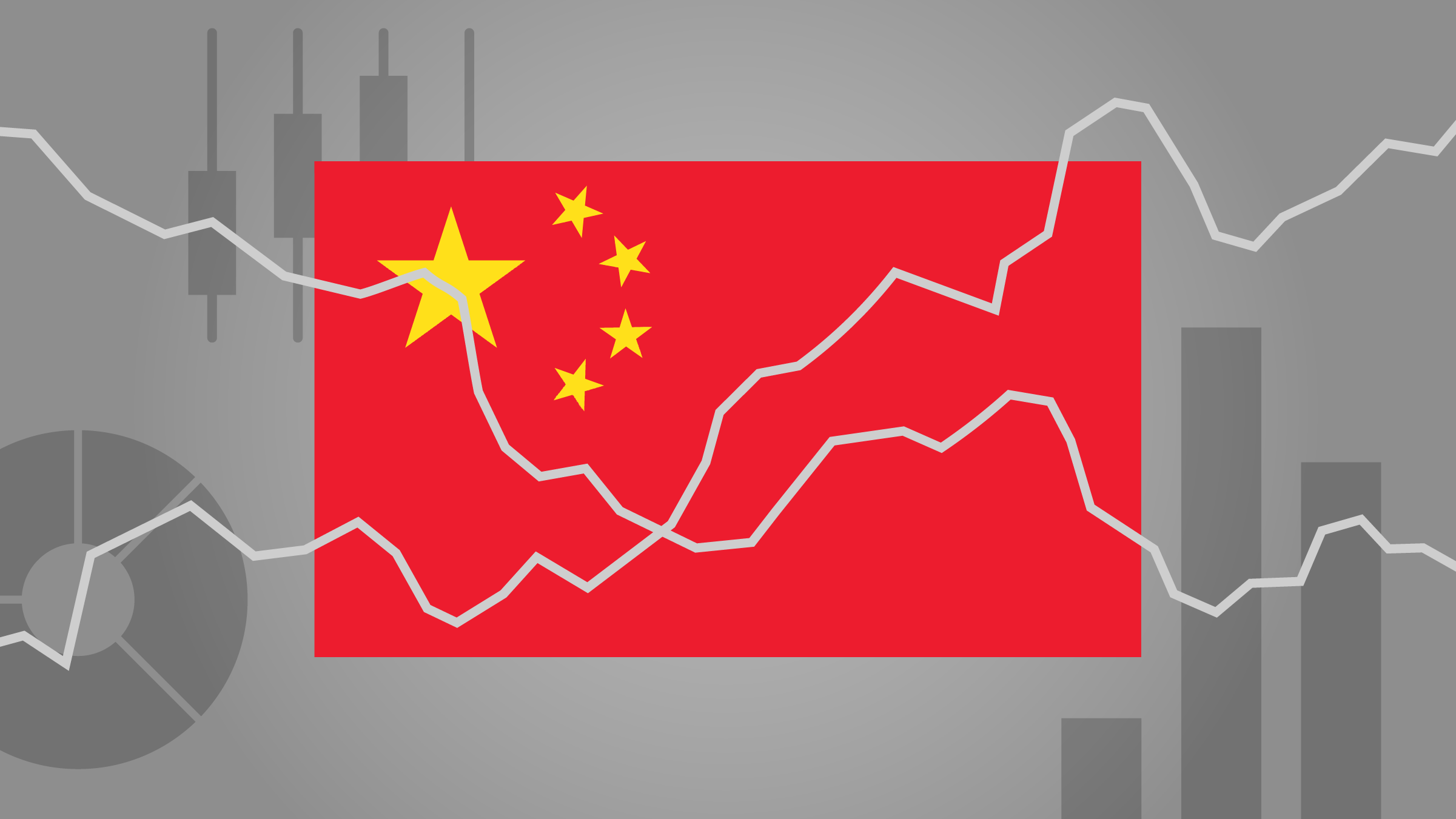
Inflation in the eurozone increased by 2.2% year over year in March, according to today Eurostat’s flash estimate, lower than February’s reading of 2.3%, and in line with forecasts.
Core inflation, which shows prices without volatile components such as energy and food costs, rose 2.4% year over year in March, below 2.6% in February, and lower than forecasts.
Michael Field, chief equity market strategist for Europe at Morningstar, said that the latest inflation print returns us to November 2024 levels and is just above the European Central Bank’s 2% inflation target.
“This takes the pressure further off the ECB to continue on their rate cutting quest, which will please equity markets.”
According to Eurostat’s estimates, services inflation rose by 3.4% in March, lower than February’s reading of 3.7%. Food, alcohol & tobacco inflation increased by 2.9%, compared with 2.7% in February, while energy prices declined by 0.7%, compared with an increase of 0.2% the previous month.
On a monthly basis, the harmonized index of consumer prices (HICP) increased by 0.6% in March, versus 0.4% in February, meanwhile core inflation was up 1%, compared to 0.5% in February.
Inflation in the Eurozone: Down in France, Up in Italy
“The slowdown in inflationary pressures is generalized in ‘almost’ all of Europe,” Filippo Diodovich, senior market strategist at IG Italia, said.
“The lowest annual inflation was reported in France (+0.9%) and Ireland (+1.8%). In Italy, on the other hand, we saw an acceleration in inflation from 1.7% in January and February to 2.1% in March.”
“Italian flash HICP inflation came in above our expectations and consensus in March, up by 0.4 percentage points from the February print,” said Goldman Sachs economists in a note.
Spanish flash HICP inflation was below consensus expectations at 2.2% year over year in March, lower than February’s reading, mainly due to electricity prices, which fell on a year ago.
And the rate of Germany headline inflation was below consensus at 2.3% in March, and core inflation fell to 2.5% in March from 2.7% in the previous month.
Will the ECB Cut Rates on April 17?
The next ECB monetary policy meeting will take place in Frankfurt on April 17, and inflation data suggest that the central bank could go on with interest rates cuts.
“Current data suggests that fears of inflationary pressures should be completely set aside. The service sector in particular, which had been a cause for concern in recent months, has slowed down considerably. Energy prices continue to fall,” said IG Italia’s Diodovich.
“These inflation figures confirm the scenario of an ECB that will maintain its monetary strategies in place with a prolongation of the process of reducing interest rates in the eurozone. We believe that the cuts are necessary to revive the economic recovery”.
He added that the ECB will maintain a very vigilant attitude towards the trend of macroeconomic variables, in particular inflation, and will try to assess the effect of the new US trade policies on Europe in the coming months.
“We maintain our expectations of a reduction in interest rates in the eurozone by a further 50 bps during 2025,” Diodovich said.
US and Eurozone Inflation Diverges
March inflation data in the eurozone confirms the divergence between US and Europe.
In US, the Personal Consumer Price Index (PCE) increased 2.5% year over year in February, in line with expectations, according to the US Bureau of Economic Analysis. Excluding food and energy costs, the Federal Reserve’s preferred measure of inflation was above expectations at 2.8% year over year. According to Goldman Sachs, “nearly all survey- and market-based measures of inflation expectations for the coming year have risen.”
The University of Michigan’s measure of year-ahead inflation expectations, which is especially susceptible to tariff news, was revised up to 5% in the March’s report, the highest reading since November 2022. Also, the University of Michigan’s expectations over the next five-to-10 years were revised up to 4.1%, the highest reading since February 1993.
“With the gap widening between US and European inflation, and the gap between GDP growth narrowing, European equities are being increasingly viewed as an attractive place for international investors to look, but we see modest upside in valuation terms,” Morningstar’s Field said.
The author or authors do not own shares in any securities mentioned in this article. Find out about Morningstar's editorial policies.


















